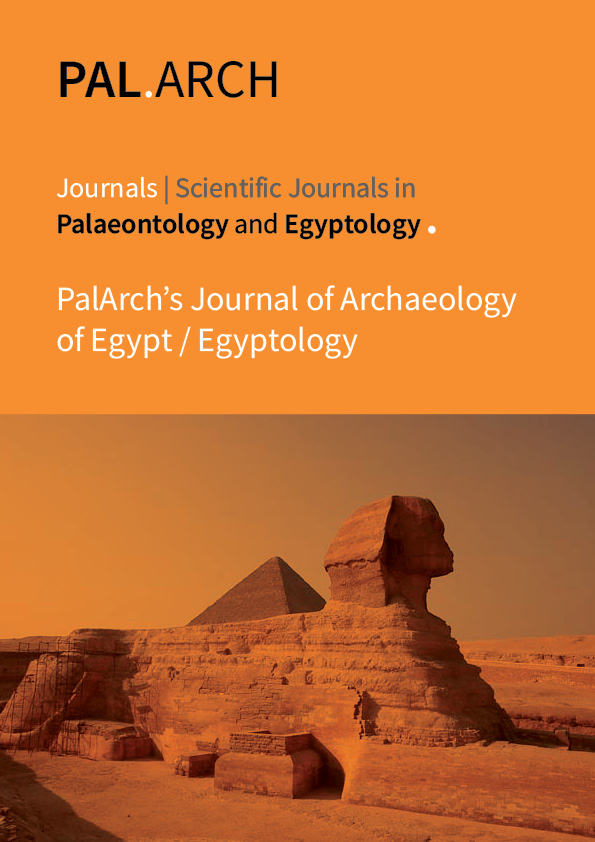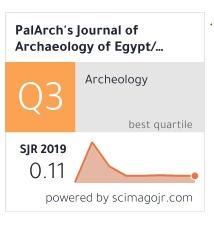PADHARMAN DALEM TEMPLE: TRACING THE POWER OF JAVA KINGS IN ARCHITECTURE OF WORSHIP IN THE CURRENT BALI, INDONESIA
Abstract
This study talks about the traces of Javanese kings' power in Balinese worship architecture today by taking the topic of Padharman Dalem at Besakih Temple. Padharman Dalem is a group of meru (overlapping roof altars) of various sizes used as a place of worship for the holy spirit of Balinese kings' rulers of Majapahit in Bali, a kingdom formed by Majapahit in the XV century. Each meru is differentiated based on the number of passengers. Why did the descendants of the ruler formed by Majapahit feel the need to build meru, an architecture unknown in Java? Why not build a temple as is generally the case in Java? This study is qualitative research with interpretive descriptive. The data were analyzed by using Foucault's theory of the Power Relationship of Knowledge. The study findings show that Padharman Dalem is a group of meru architecture in Besakih Temple for the holy spirit as a place of kings, the descendants of the rulers formed by Majapahit in Bali. Dalem, the king's title with the highest position overlaps 11, under him who overlaps 9 and odd numbers so on. There are two different opinions regarding whose spirit resides in the meru, but both are still the generation of Majapahit rulers in Bali. This fact shows that there is a special room designated for the deputy rulers of Majapahit in Bali. In contrast, on the other hand, Besakih Temple is believed to have existed during the time of Maha Rsi Markandeya who came to Bali around the IX century AD. After the Majapahit occupation, their descendants were known as the Balinese Aga, according to their residence in the mountains (Aga).



